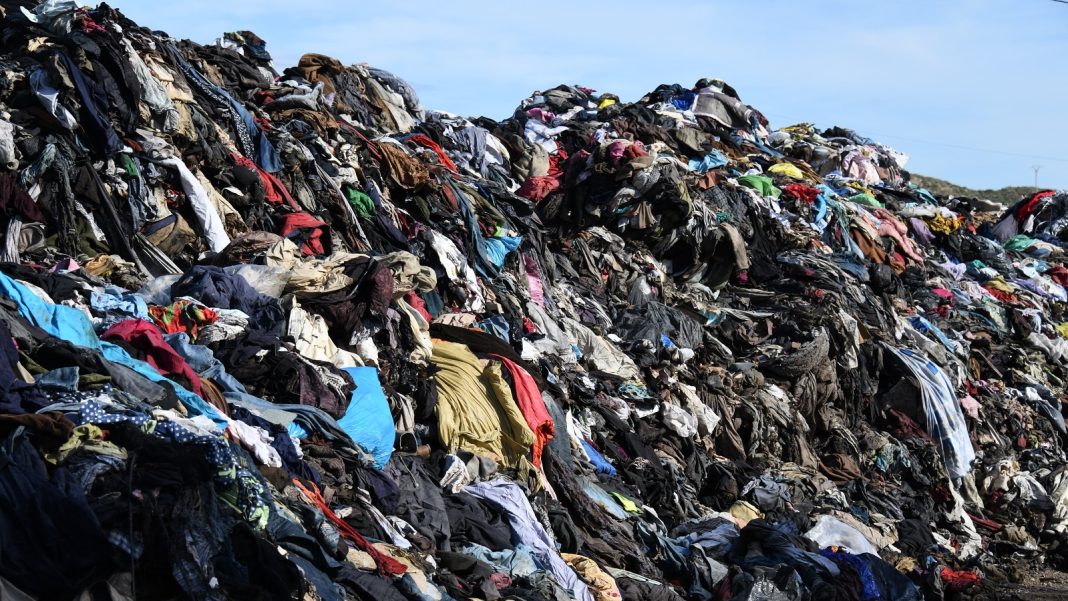In an era defined by instant gratification, the fashion industry has seen a dramatic shift towards fast fashion, a trend that prioritizes quick manufacturing of cheap, trendy clothing. However, this shift has come at a significant cost, particularly to the planet’s water resources. This article delves into the profound impact of fast fashion on global water resources, exploring the depths of its influence and calling for a sustainable reevaluation of our consumption patterns.
The Thirsty Fashion Industry
The fashion industry is notoriously water-intensive. It takes an estimated 2,700 liters of water to produce a single cotton shirt, equivalent to the average person’s drinking water for 2.5 years. This staggering figure is a testament to the immense water footprint left by textile production, from growing cotton to dyeing fabrics. As fast fashion accelerates production cycles, the demand for water escalates, straining already limited global water supplies.
Pollution Runoff: The Toxic Trail of Textiles
Beyond consumption, the industry significantly pollutes water bodies. The dyeing and treatment of garments contribute to 20% of worldwide wastewater, introducing harmful substances such as mercury, arsenic, and lead into aquatic ecosystems. This pollution not only devastates marine life but also compromises the safety of drinking water in surrounding communities, creating a cascade of environmental and health crises.
The Aral Sea: A Cautionary Tale
Nowhere is the impact of textile water consumption more visible than in the tragic case of the Aral Sea. Once the fourth-largest lake in the world, the Aral Sea has been reduced to a fraction of its size, primarily due to water diversion for cotton farming—a key raw material for the fashion industry. This ecological disaster has obliterated local fishing economies, spurred health problems, and created a desolate landscape, serving as a stark reminder of the consequences of unchecked resource exploitation.
Fast Fashion’s Global Ripple Effects
The fast fashion model exacerbates water scarcity issues, particularly in developing countries where most garment production is located. Countries like Bangladesh, India, and China face the dual challenges of meeting the water needs of the textile industry and ensuring access to clean water for their populations. The intensive water use by the fashion industry competes with local communities’ needs for agriculture, drinking, and sanitation, often leaving the latter compromised.
The Road to Sustainability
Addressing the water crisis induced by fast fashion requires a multifaceted approach. Brands and manufacturers are exploring sustainable practices, such as waterless dye technologies, recycling wastewater, and investing in less water-intensive materials like organic cotton and hemp. However, true change hinges on consumer behavior. By shifting towards slow fashion—prioritizing quality, longevity, and ethical production—consumers can significantly reduce the industry’s water footprint.
What Can Consumers Do?
- Support Sustainable Brands: Opt for companies that are transparent about their water usage and committed to reducing their environmental impact.
- Buy Less, Choose Well: Reduce consumption by investing in timeless pieces that last longer, rather than trend-driven fast fashion items.
- Recycle and Donate: Extend the life of clothing through recycling or donating, minimizing the need for new production and, consequently, water usage.
Conclusion: A Call to Action
The relationship between fast fashion and global water resources is a complex web of environmental degradation, urging a collective reevaluation of our fashion consumption habits. By embracing sustainable practices and supporting brands that prioritize the planet, consumers can play a pivotal role in mitigating the fashion industry’s impact on water resources. The path to a more sustainable future is paved with conscious choices that, together, can weave a new narrative for fashion, one that respects our most precious resource—water.

